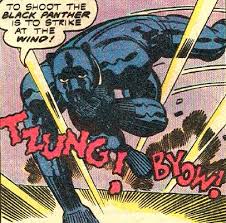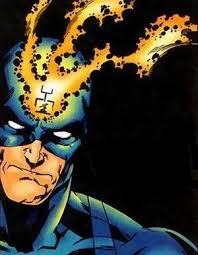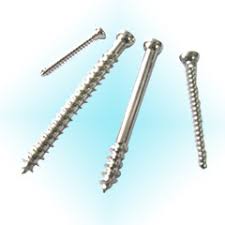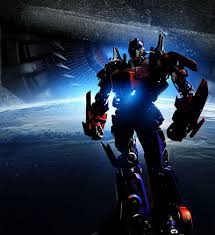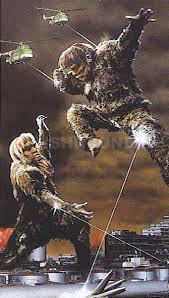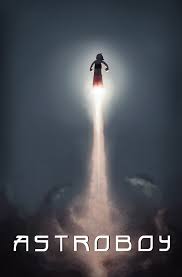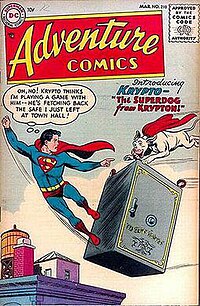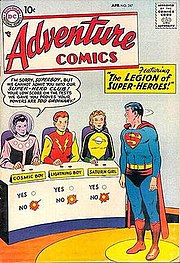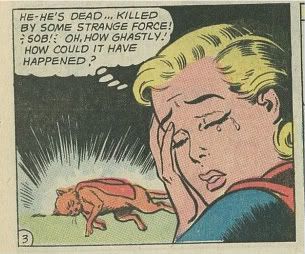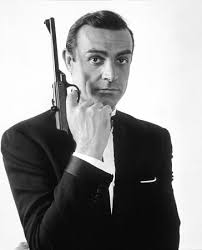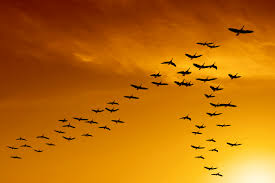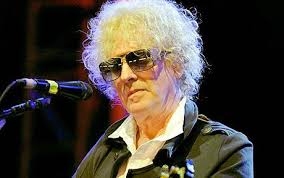
"Now he's too old to rock'n'roll but he's too young to die." - Jethro Tull
I recently watched Anvil! The Story of Anvil (a must-see, by the way). Anvil! tells the story of aging metal-heads Steve "Lips" Kudlow and his long-time bandmate, drummer Robb Reiner. While "Lips" toils away at his day job, driving a delivery truck for Choice Children's Catering, he dreams of attaining the arena-scale fame denied him in the '80s.
The movie's downright motivational, riffing on vision, commitment, persistence, Just as important, it's a serious meditation on aging (and, ultimately, death). The movie got me thinking about another -- in this case, septuagenarian -- rocker: Ian Hunter, frontman for '70s glam group Mott the Hoople.

Just last month, Mott reunited for a series of concerts at the Hammersmith Apollo in London, winning over at least one reviewer:
The first hour was mostly devoted to the band’s pre-Bowie, high-voltage rock 'n’ roll material. Hunter, a busy solo artist for more than three decades, and the silver-topped lead guitarist, Mick Ralphs, riffed vigorously, in active defiance of Time’s subsequent intervention. The partisan crowd — at least eighty percent of whom, gloriously, unrepentantly, were old enough to remember it all from the turn of the Seventies — responded with commensurate enthusiasm.
The electricity crackled to a new intensity, however, when Hunter moved to a piano stage-left, and finally unleashed a dazzling run of glam classics — songs about little more than rock itself. Glam, originally, existed purely to overturn prog-rock’s tedious virtuosity, to revive the raw, sexy thrill of Fifties rock’s simple, thumping beats and clanging riffs.
Perhaps it was daft, witnessing a seventy-year old man with a blond afro singing, “I get my kicks from guitar licks”, but also fabulously empowering, given his heedless dedication to the cause.
I'll admit it: as the weeks and months of my job search drag on, I'm taking (occasional) solace in the joys of my youth (as you may have noticed from my nostalgic comic book posts). One of those joys was Mott the Hoople.
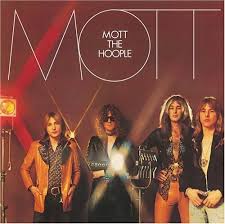
More than wistful, Mott's story is inspirational:
- Hunter is one of the grand old men of rock'n'roll -- he was born in 1939 (to provide some context: McCartney was born in '42, Jagger in '43; the architects of glam -- Marc Bolan and David Bowie were both born in 1947). One of the band members has Alzheimer's and he still played at the reunion, for goodness sake.
- Mott was basically a bar band with four unsuccessful albums, on the verge of breaking up, when David Bowie gave them their signature song -- "All the Young Dudes." (Bowie also offered them "Suffragette City" and "Drive-In Saturday," both of which Mott turned down. The story goes that, when Mott passed on the latter, a distraught Bowie shaved off his eyebrows. The moral here: Know Your Mott Lore.)
- When Mott finally rocketed to the Top Ten, Hunter was well into his 30s, with a wife and two kids (he's been married to the same woman for 38 years).
More than "Dudes"
A recent article in the UK's Guardian refers to Mott as
a band who may have suffered wild ups and downs, but who post-humously acquired the status of a truly great British rock group: some distance from your Beatles and Stones, no doubt, but still responsible for an array of brilliant songs, an enduring influence, and their own fascinating myth.Like Bowie (who had struggled to gain notoriety throughout the '60s, finally gaining a foothold at decade's end with Space Oddity), Mott had spent their "years in the wilderness." Unquestionably, Bowie's patronage (with an inestimable assist from sideman extraordinaire Mick Ronson) spelled a turning point.
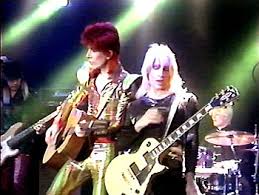
But one shouldn't let "All the Young Dudes" overshadow or define Mott's legacy.
In that same Guardian article, Hunter concedes that
We weren't movers. David [Bowie] was a mover. He was brilliant at it. We weren't....Bowie was like something from a UFO, but we weren't like that at all: we were working-class lads.From such humble beginnings... Even before Bowie, Mott was more than just a bunch of "unknowns." Mott had two capable songwriters: Hunter and guitarist Mick Ralphs, who went on to form Bad Company and pen their first hit "Can't Get Enough" (not to knock Ralphs, but among Bad Company songs, I prefer "Silver, Blue and Gold," a Paul Rodgers composition).
Mott - Meaning and Magic
All great bands have a colorful frontman. Mott was no exception. Whatever else you might say about Ian Hunter, he has character. His look (those ever-present shades, that distinctive mop of hair), his voice, his delivery.

The best of Mott's music has brio, verve, oomph (yeah, sounds like a shelfful of laundry detergents).
A product of the '50s, Hunter offered stirring rave-ups in the proud barrelhouse tradition of Little Richard and Jerry Lee Lewis. (I get the same rush listening to the opening chords of "Roll Away the Stone" as I do when CCR's "Up Around the Bend" or Springsteen's "Out in the Street" start blasting from the car speakers.) The music's propulsive, ebullient, euphoric.
It isn't just the affectionate nod to the '50s that makes Mott's oeuvre interesting. The music is glam at its best (well, after Marc Bolan and David Bowie, the John the Baptist and Jesus of the genre). For a generation exhausted by the "heavy," soul-searching issues of the '60s -- all the assassinations, clashes, and confrontations -- Mott and their ilk offered a simple, hedonistic message ("Don't wanna smash, want a smash sensation/Don't wanna wreck, just recreation").
Having lived through a tumultuous decade, people yearned for respite, a chance to recover. An attitude handily captured on "All the Young Dudes": "My brother's back at home with his Beatles and his Stones, we never got it off on that revolution stuff." The "television man is crazy" -- why do you need TV when you "got T. Rex"?
For good or ill, Mott heralds the "good times" of the '70s.
The Trilogy
Mott's reputation rests on three albums:
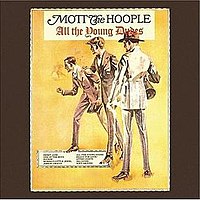
All the Young Dudes (1972) - Nineteen seventy-two was glam's banner year with the release of Bowie's Ziggy Stardust, Lou Reed's Transformer, and Mott's All the Young Dudes (as well as the first album by Roxy Music). The eponymous track has an indisputable place in the rock'n'roll firmament (to this day... it was referenced in that insufferable paean to teenage pregnancy Juno and, as far as I'm concerned, was the basis for Green Day's "21 Guns"). Dudes also includes a staple of FM radio -- "Ready for Love," a brilliant, moody Mick Ralphs song with an awkward and unnecessary Hunter bridge (wisely abandoned in Bad Company's version of the song).
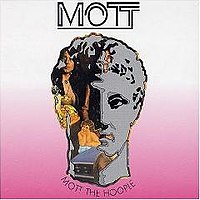
Mott (1973) - Features "All the Way from Memphis" (which appears in both Alice Doesn't Live Here Anymore and Breaking the Waves) and "Honaloochie Boogie." Notably, this is the last album that Mick Ralphs recorded with the band.

The Hoople (1974) - An incredible swan song with nuggets like "The Golden Age of Rock'n'Roll," "Roll Away the Stone," and that perennial "I'm not a number" sing-along "Marionettes." Don't just take my word for it. Check out these vintage videos and see for yourself.
Epilogue
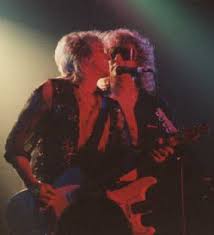
Ian Hunter's post-Mott career saw a continuing collaboration with Mick Ronson (who sadly succumbed to cancer at the age of 46), a number of high points ("Once Bitten, Twice Shy," "Cleveland Rocks," "All of the Good Ones Are Taken") as well as low (All American Alien Boy, for one, where Hunter channels Bowie's Young Americans). But he never lost the passion, he never stopped playing.
In the Guardian article, Hunter says of his life in rock:
"It's cost me... But the minute rock'n'roll arrived, I thought, 'Oh – that's what I'm for.' And it's what I'll do till the day I pop off."That's the spirit. And that's what we'll remember.
The mates in Mott may all be in their golden years but their music is timeless.




